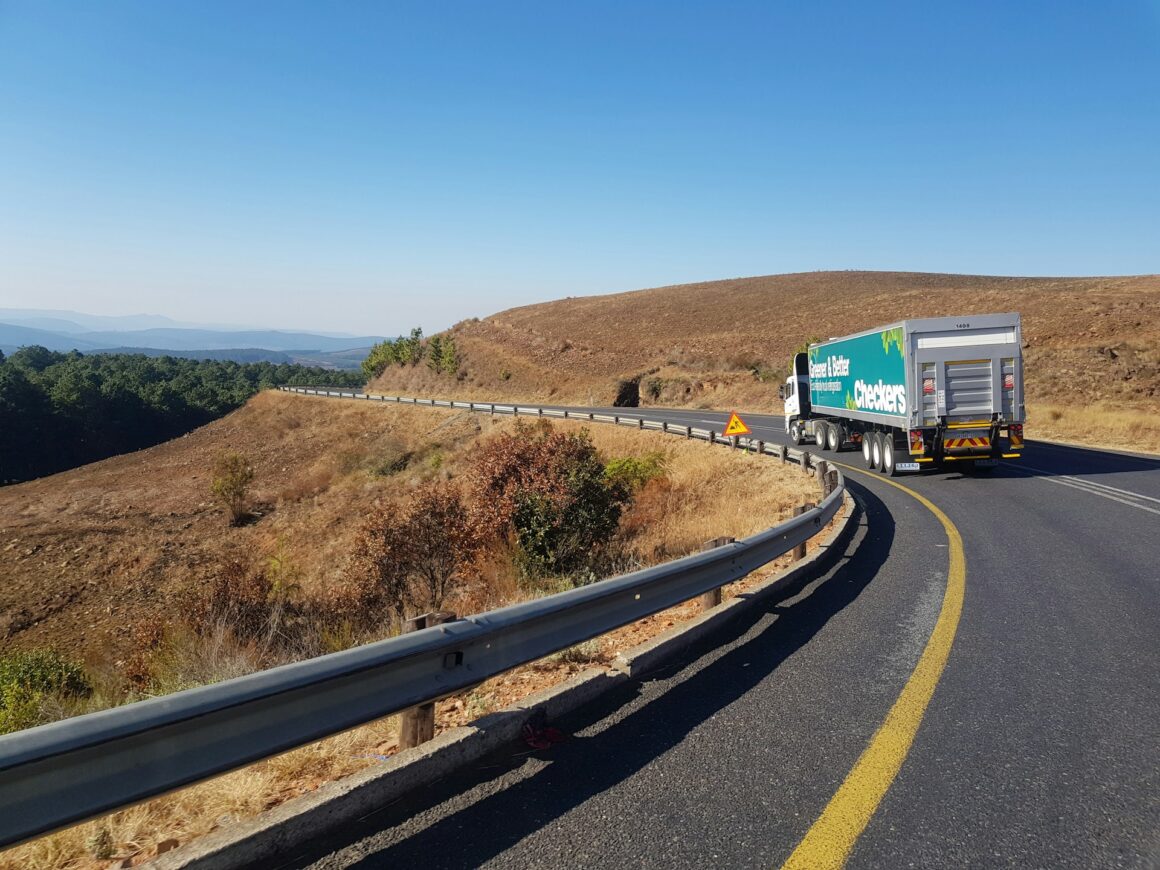Transporting sensitive cargo that requires precise temperature control is a complex task that hinges on technology, expertise, and meticulous planning. This crucial logistic challenge is not just about maintaining freshness or preventing spoilage; it’s about safeguarding the integrity of pharmaceuticals, delicate electronics, and other temperature-sensitive goods. Understanding the strategies and technologies that ensure the safe delivery of such cargo is essential for any logistics professional. This guide dives deep into the sophisticated world of chilled logistics, highlighting the best practices for keeping your sensitive shipments safe and sound.
The Essentials of Temperature-Controlled Logistics
Temperature-controlled logistics is a specialized field that involves the transport of goods that are sensitive to climate conditions. These goods require an environment where temperature and humidity levels are kept within strict limits to maintain their quality and functionality. The stakes are particularly high in industries such as pharmaceuticals, biotechnology, and food services, where even a minor deviation in temperature can lead to significant financial losses or health risks.
Temperature Monitoring Systems
A core component of managing this type of logistics is the implementation of robust temperature monitoring systems. These systems continuously record and transmit temperature data, ensuring that any deviations are detected promptly and can be corrected before affecting the cargo. By integrating such technology, logistics providers can offer real-time updates and peace of mind to their clients, knowing that their goods are under constant surveillance.
Advanced Cooling Technologies
Maintaining the right temperature throughout the transportation process requires sophisticated cooling technologies. Here’s a look at some of the most effective solutions currently in use:
Refrigerated Containers
Refrigerated containers, or reefers, are equipped with integrated cooling units that can maintain cargo at specified temperatures throughout the journey. These containers are indispensable for long-haul shipments, whether by land or sea.
Thermal Blankets and Wraps
For less sensitive or shorter trips, ,thermal blankets and wraps can be used to protect goods against temperature fluctuations. These are especially useful for air freight, where the cargo hold temperatures can vary significantly.
Cryogenic Cooling
For extremely sensitive shipments, cryogenic cooling systems use liquid nitrogen or carbon dioxide to keep goods at sub-zero temperatures. This method is commonly used for transporting large quantities of pharmaceuticals or biological samples.
Strategic Logistics Planning
Effective logistics planning is crucial for the successful transport of temperature-sensitive goods. This includes route optimization, risk assessment, and contingency planning to deal with potential disruptions.
Route Optimization
Choosing the right route is about more than just distance. It involves analyzing historical weather data, traffic patterns, and infrastructure to minimize the risk of delays and ensure the quickest, safest delivery possible.
Contingency Planning
Having robust contingency plans in place is essential. This might involve identifying alternative routes, backup storage facilities, and additional equipment that can be mobilized quickly in case of an emergency.
Regulatory Compliance and Safety Standards
Transporting temperature-sensitive goods is highly regulated, particularly in industries like pharmaceuticals and food.

Compliance with international and local regulations is not optional; it’s a critical aspect of logistics management.
Safety Standards
Adhering to safety standards and best practices not only ensures compliance but also builds trust with clients. This includes regular audits, staff training, and the certification of equipment and procedures.
Documentation and Record Keeping
Accurate record keeping is mandatory for regulatory compliance and helps in resolving disputes or claims. This includes logs of temperature data, delivery times, and condition reports.
The Human Element in Cold Chain Management
While technology plays a critical role, the human element cannot be overlooked. Trained, experienced staff are essential for monitoring systems, responding to issues, and ensuring that procedures are followed meticulously.
Training and Development
Ongoing training for all personnel involved in the cold chain ensures that they are equipped with the latest knowledge and skills. This includes understanding the nuances of the technologies used and the specific requirements of the cargo they handle.
Looking Ahead: Innovations in Cold Chain Logistics
The future of cold chain logistics lies in technological advancements and improved efficiency. Innovations such as IoT-connected devices, AI for predictive analytics, and more sustainable cooling solutions are set to revolutionize this field.
Sustainability in Cold Chain
As environmental concerns grow, finding more energy-efficient and less environmentally damaging cooling solutions will become a priority. This includes exploring alternative fuels, improving insulation technologies, and optimizing logistics routes to reduce carbon footprints.
Final Thoughts
Ensuring the safety of sensitive cargo is a multifaceted challenge that requires precision, advanced technology, and thorough planning. By leveraging the latest in cooling technology, robust temperature monitoring, and strategic logistics, businesses can mitigate risks and ensure that their temperature-sensitive goods arrive in perfect condition.

As the industry evolves, staying ahead of technological trends and regulatory changes will be key to maintaining competitiveness and reliability in the cold chain logistics space.

